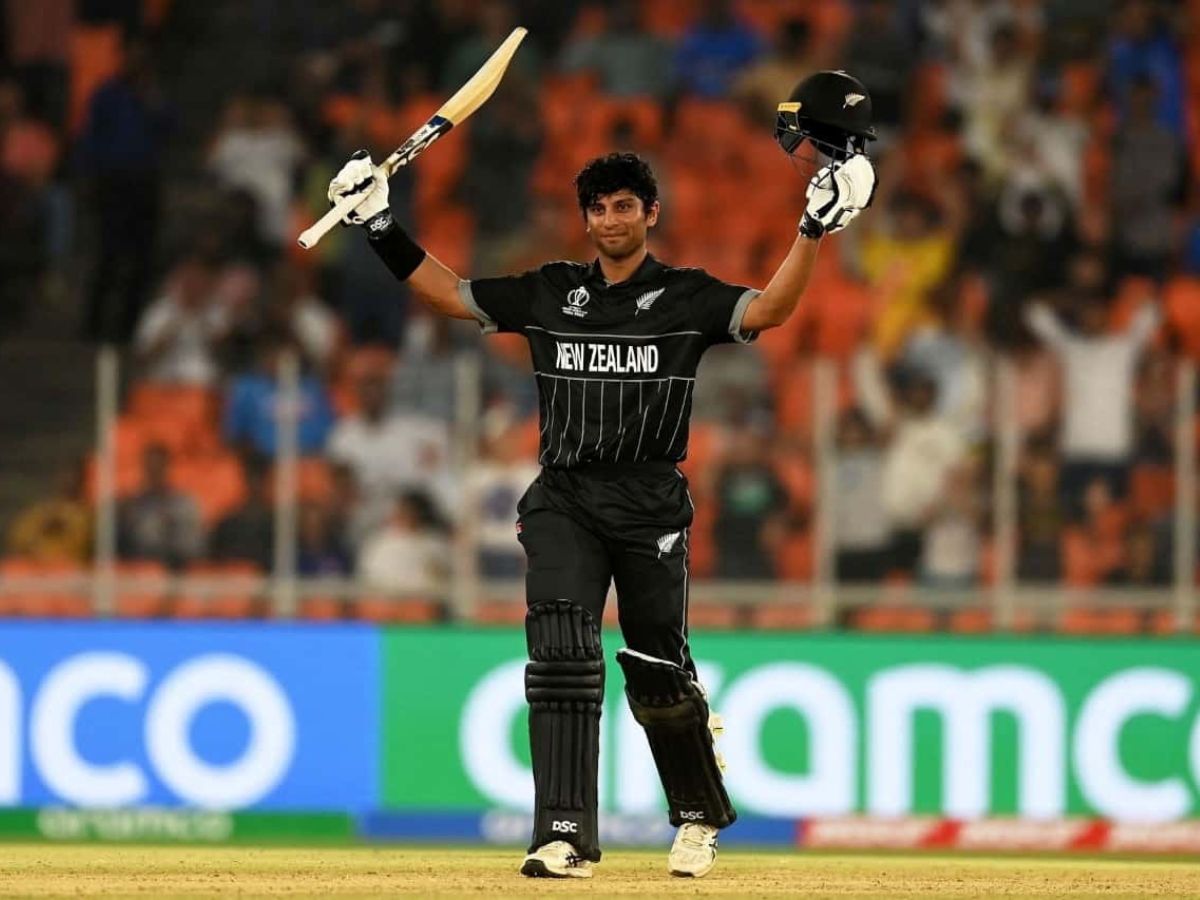Cricket, a game of glorious uncertainties, has seen teams scale the highest peaks and plummet to the lowest troughs. While high scores are celebrated, low totals provide a testament to the game’s unpredictability. This article sheds light on some of the lowest scores in ODI cricket, including a recent shocker from the 2023 World Cup.
Contents
hide
Top 10 Lowest Team Scores in ODI Cricket History
| Rank | Team | Score | Opponent | Venue | Year |
|---|---|---|---|---|---|
| 1 | Zimbabwe | 35 | Sri Lanka | Harare | 2004 |
| 2 | Canada | 36 | Sri Lanka | Boland Park | 2003 |
| 3 | Zimbabwe | 38 | Sri Lanka | SSC, Colombo | 2001 |
| 4 | Pakistan | 43 | West Indies | Cape Town | 1993 |
| 5 | Namibia | 45 | Australia | Potchefstroom | 2003 |
| 6 | Canada | 44 | England | East London | 2003 |
| 7 | India | 54 | Sri Lanka | Sharjah | 2000 |
| 8 | West Indies | 54 | South Africa | Cape Town | 2004 |
| 9 | Sri Lanka | 55 | India | Wankhede | 2023 |
| 10 | Bangladesh | 58 | India | Mirpur | 2011 |
| 11 | Bangladesh | 58 | West Indies | Mirpur | 2011 |
A Closer Look at Each Match
1. Zimbabwe vs. Sri Lanka, 2004
- Context: Zimbabwe, grappling with internal cricket politics, faced a formidable Sri Lankan side.
- Key Players: Muttiah Muralitharan was the star for Sri Lanka, taking 4 wickets.
- Turning Points: The continuous fall of wickets without any significant partnerships led to Zimbabwe’s downfall.
- Bowling Performance: The Sri Lankan bowlers, especially Muralitharan and Vaas, exploited the conditions well.
2. Canada vs. Sri Lanka, 2003
- Context: Canada, not a traditional cricketing powerhouse, faced the might of the Sri Lankan team.
- Key Players: Sanath Jayasuriya and Chaminda Vaas were instrumental in restricting Canada.
- Turning Points: Early wickets without much on the board put Canada on the back foot.
- Bowling Performance: The Sri Lankan bowlers were relentless, with Vaas picking up crucial wickets.
3. Zimbabwe vs. Sri Lanka, 2001
- Context: At the Sinhalese Sports Club, Zimbabwe struggled against a strong Sri Lankan bowling attack.
- Key Players: Chaminda Vaas and Muttiah Muralitharan were the chief architects of Zimbabwe’s collapse.
- Turning Points: Regular wickets without any resistance led to Zimbabwe’s low total.
- Bowling Performance: Vaas’s swing and Muralitharan’s spin proved too much for the Zimbabwean batsmen.
4. Pakistan vs. West Indies, 1993
- Context: In Cape Town, Pakistan, known for their unpredictable nature, faced a fierce West Indian bowling attack.
- Key Players: Curtly Ambrose and Courtney Walsh terrorized the Pakistani batsmen.
- Turning Points: The top order’s failure to handle the West Indian pace attack set the tone for the innings.
- Bowling Performance: Ambrose’s pace and bounce were particularly challenging for the batsmen to handle.
5. Namibia vs. Australia, 2003
- Context: Namibia, playing against the world champions Australia, found it tough to handle the Australian bowlers.
- Key Players: Glenn McGrath and Brett Lee were the standout bowlers.
- Turning Points: The inability of the Namibian batsmen to handle pace and bounce was evident.
- Bowling Performance: McGrath’s accuracy and Lee’s speed were the highlights of the match.
6. Canada vs. England, 2003
- Context: Canada, trying to make a mark in world cricket, struggled against a seasoned English side.
- Key Players: James Anderson and Andrew Flintoff were pivotal in dismantling the Canadian batting.
- Turning Points: The early loss of wickets set the tone for the rest of the innings.
- Bowling Performance: Anderson’s swing and Flintoff’s all-round performance were the talking points.
7. India vs. Sri Lanka, 2000
- Context: In Sharjah, a venue known for producing high-scoring matches, India was bundled out for a paltry score.
- Key Players: Chaminda Vaas and Muttiah Muralitharan were once again the destroyers-in-chief.
- Turning Points: The middle order’s collapse under the pressure of the Lankan spinners was crucial.
- Bowling Performance: Muralitharan’s spin wizardry was on full display as he bamboozled the Indian batsmen.
8. West Indies vs. South Africa, 2004
- Context: The West Indies, once the kings of cricket, faced a disciplined South African bowling attack.
- Key Players: Shaun Pollock and Makhaya Ntini were the main threats.
- Turning Points: The top order’s inability to handle the moving ball was evident.
- Bowling Performance: Pollock’s experience and Ntini’s aggression were too much for the Windies.
9. Sri Lanka vs. India, 2023 World Cup
- Context: In the ongoing World Cup, Sri Lanka faced a formidable Indian side at the iconic Wankhede Stadium.
- Key Players: The Indian pace attack, led by Mohammed Shami, was instrumental in restricting Sri Lanka.
- Turning Points: Regular loss of wickets without any significant partnerships hurt Sri Lanka.
- Bowling Performance: The Indian bowlers showcased their skills, making the most of the conditions.
10. Bangladesh vs. India, 2011
- Context: In Mirpur, Bangladesh, despite the home advantage, couldn’t handle the Indian bowlers.
- Key Players: Zaheer Khan and Harbhajan Singh were the standout performers.
- Turning Points: The middle order’s collapse under pressure was the game’s defining moment.
- Bowling Performance: Khan’s swing and Singh’s off-spin were the highlights.
Trivia and Records
- Frequent Entries: Zimbabwe and Canada have found themselves on the wrong side of history multiple times, with several entries in the lowest scores list.
- Bowling Brilliance: Chaminda Vaas and Muttiah Muralitharan have been instrumental in causing two of the top 10 lowest scores, showcasing their dominance in the early 2000s.
- World Cup Woes: The World Cup, cricket’s biggest stage, has witnessed some of these low scores, adding to the pressure and unpredictability of the tournament.
Final Words
Cricket is a game of uncertainties. While teams aim for dominance, days of underperformance are inevitable. These lowest scores, while not a proud moment, are a testament to the game’s unpredictability and the balance between bat and ball. They serve as a reminder that in cricket, as in life, there are highs and lows, and it’s the ability to bounce back that defines greatness.



